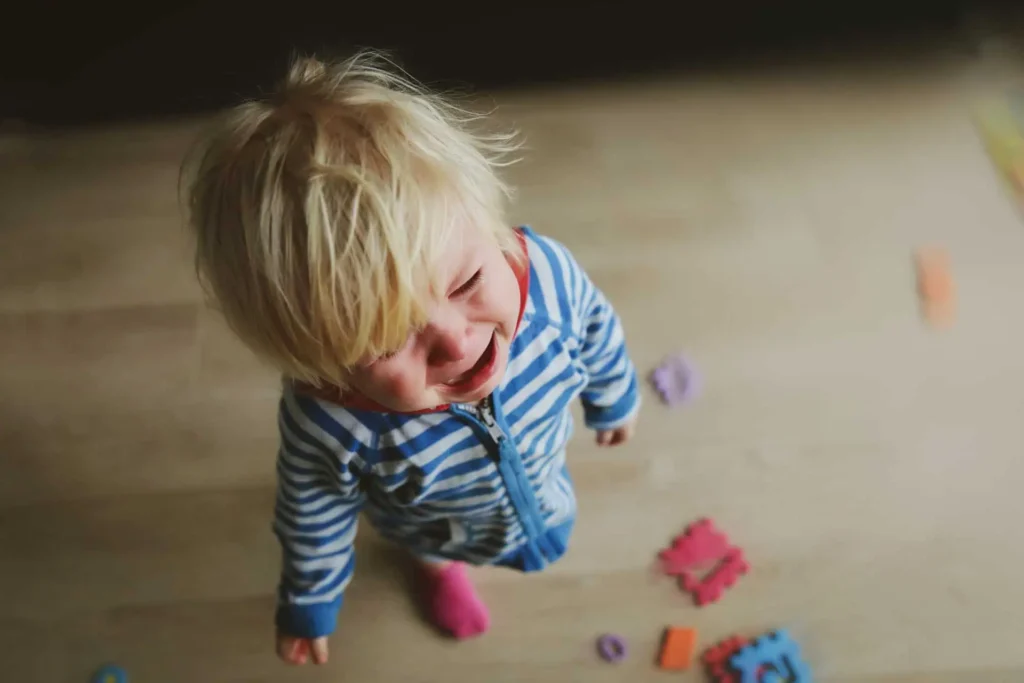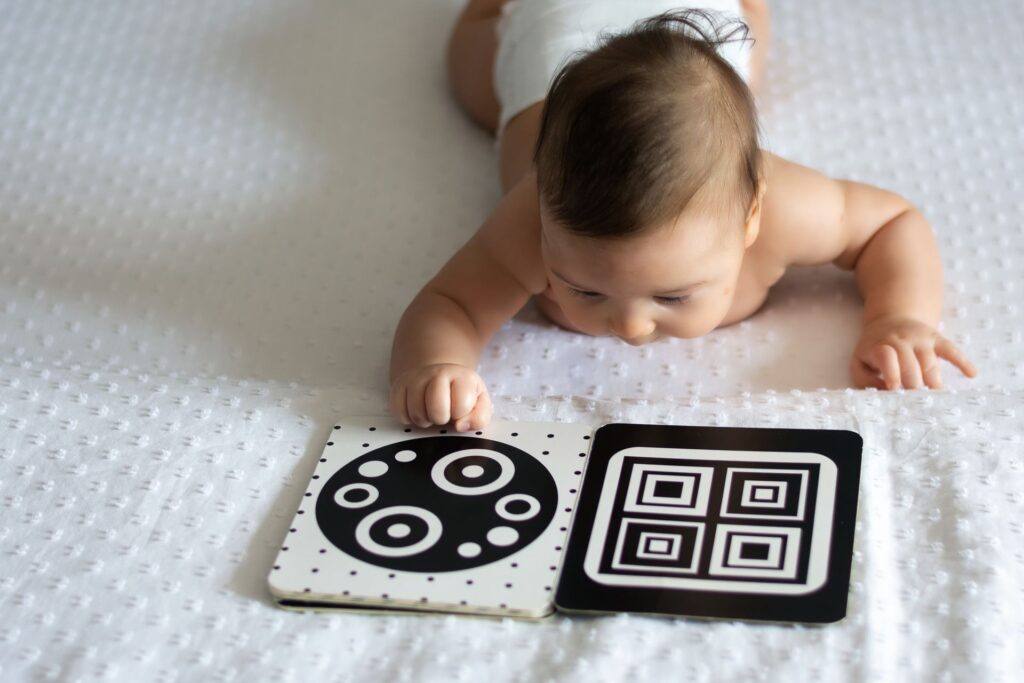 Indian summers are the perfect
Indian summers are the perfect
time for outdoor picnics, popsicles
and enjoying your flower garden
before autumn sets in. But
sometimes, it feels like you can’t
enjoy the outdoors without being
chased indoors by the bees. In fact,
late in the summer is when social
wasp (yellowjacket and hornet)
colonies have reached their largest
population as the baby larvae
mature, says Dr. Elana Lavine, who
specializes in Pediatric Allergy and
Clinical Immunology at Humber
River Regional Hospital in Toronto.
“The larvae need more food than
the adult wasps can deliver, so they
become strongly attracted to sweet
foods, such as wild berries and
flower nectars, but also sweet foods
and drinks that are being eaten
outdoors in our yards and parks.”
This leaves you and your kids
at greater risk of being stung –
especially little kids who might try
to swat at the bees. “Wasps and
bees are not typically aggressive
outside of their hives,” says Dr.
Lavine. “Stings usually happen
when people inadvertently
interfere with their search for food,
or their actual feeding, and come
into close skin contact with the
wasp or bee.”
Kids are most at risk of getting
stung when they are eating or
drinking outdoors. Reduce your
chances by using Dr. Lavine’s tips:
- Supervise your children’s
drinks so they are not left open
for wasps to enter and hide. - Avoid eating and drinking
outdoors, or supervise small
children so that they eat
quickly. Be sure to wash food
residue from their hands and
face. - Skip scented lotions or perfumes.
- Keep skin covered, tuck in shirts,
and don’t walk barefoot.
If your child does get stung, there
are a couple of things you can do,
says Dr. Lavine:
- Stay calm and try to calm down
your child. - Examine the site of the sting.
Honeybees leave a venom sac
and stinger behind. If you can,
remove it immediately after
being stung with a piece of paper
or your fingernail. After a few
seconds the venom has already
been released. - Treat redness, pain or swelling
at the site of the sting with an ice
pack and some pain medication,
such as acetaminophen. Your
child will feel better within a few
hours.
Is it an allergic reaction
If there is significant
swelling at the site, it may
be an allergic reaction.
“It may take a day or two
to reach its maximum size
and then several days or
even a week to totally
resolve,” says Dr. Lavine.
“You can use medication
for pain or itch. If the swelling
is very uncomfortable
see your doctor for a stronger
medication such as
a steroid.”
A more serious or
systemic allergic reaction
usually takes place right
after a sting and is called
anaphylaxis. Symptoms
might include:
- a rash, such as skin redness,
swelling or hives - trouble breathing,
talking, or swallowing - feeling light-headed,
sleepy or fainting - nausea, stomach pain,
vomiting or diarrhea
“In this situation, call
911,” says Dr. Lavine. Stay
with your children, and
keep them in whatever
position they are most
comfortable and can
breathe most easily. If they
are lying down, let them
stay in that position.
“If there is an
epinephrine auto
injector available, it can
be given by pushing the
device into the muscle
of the thigh and holding
it for five to 10 seconds
to deliver the dose of
epinephrine (adrenaline),
which is the best treatment
for anaphylaxis.”
Carry two doses of
epinephrine during sting
season if your child has
anaphylaxis and speak to
all of your child’s caregivers
about how to manage a
sting. If you think your
child has had an allergic
reaction to a sting, visit
your doctor to discuss your
concern and to make a
safety plan. You might be
referred to an allergist/immunologist to determine
whether your child does
have an allergy to bee or
wasp venom.
Originally published in ParentsCanada magazine, August/September 2012.










